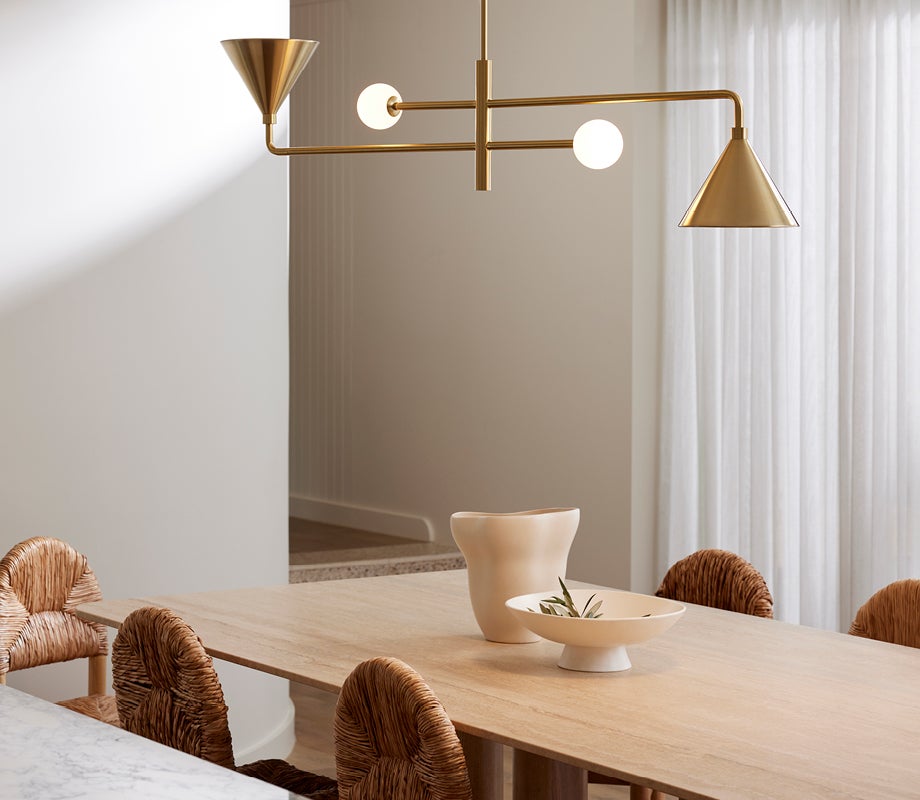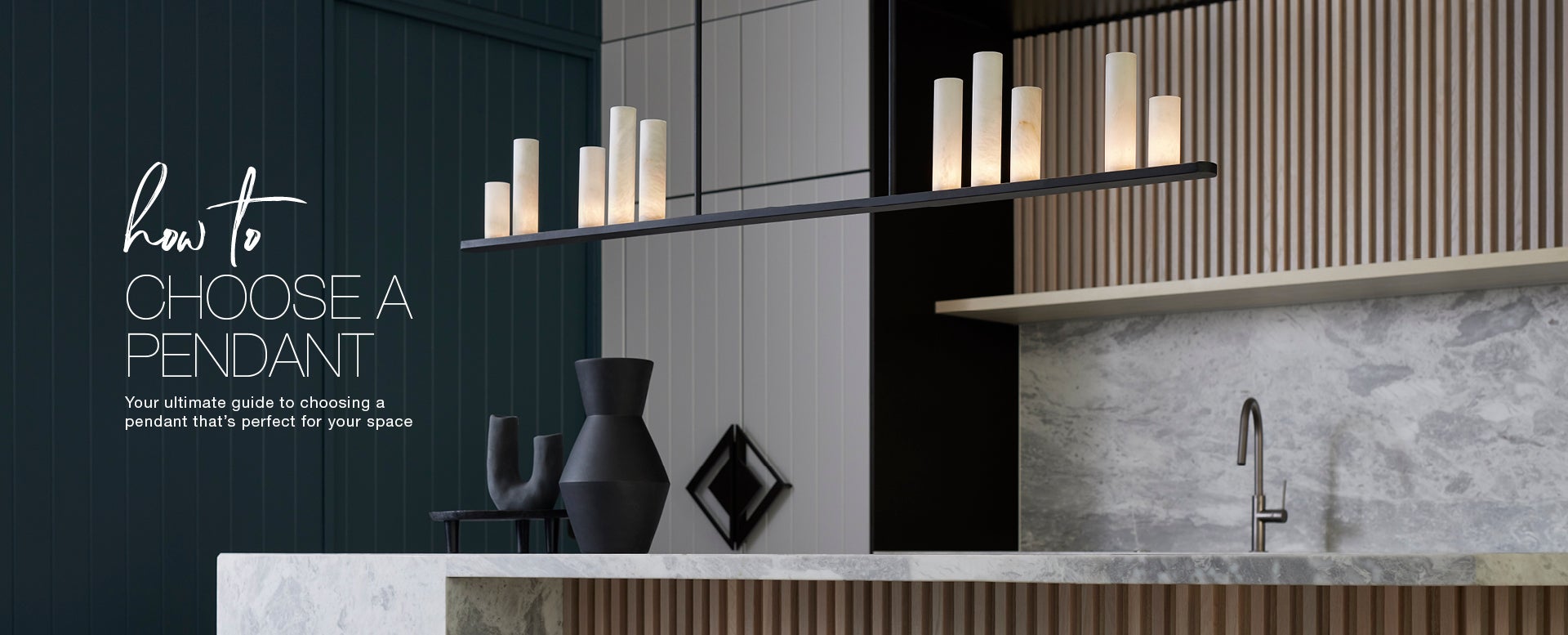

Like many choices for your home, pendant lights are highly reflective of your personal style. Look for ques within your interior design that help guide your selection. Surface finishes, textures and material choices throughout your home can often help narrow down your selection. Finding a pendant that talks back to these details ensures constancy within a space and helps create a cohesive interior design.


Pendant lights come in many forms, each providing different functions and benefits. This is why pendant lighting is so versatile. Explore the different types of pendant lighting options in more detail below.


SINGLE PENDANTS
Single pendant lights are the most versatile type of pendant lighting. They're the ideal solution for smaller spaces, island benches and bedsides. Single pendants are ideally spaced in a solid run along a bench to provide an even spread of light. For a more dramatic statement, try clustering different sizes and shapes at one end of the bench in groups of 3 or 5.


MULTI-LIGHT PENDANTS
Multi-light pendants can often refer to many styles. In a more traditional sense, multi-light pendants offer multiple globes within a single light-fitting. These are ideal for providing large amounts of light illuminance within a single light fixture point. These days, many multi-light pendants also offer greater flexibility, with adjustable arms and light sources that can be manipulated to create striking silhouettes.


LINEAR PENDANTS
Linear pendants are the perfect choice for providing an even spread of unobtrusive light over a working bench. Generally speaking, Linear lighting is a modern and minimalist choice that provides a great source of light without cluttering up a space or blocking the line of sight within a room. Perfect for kitchen benches, rectangle dining tables and even desks or vanities - any space where a linear line of light is required.


LED PENDANTS
General lighting provides overall illumination to a room. It is the primary light source, ensuring the space is adequately lit for basic activities and helping you get around safely. Common sources of general lighting include ceiling-mounted fixtures, downlights, and pendants. When choosing general lighting, consider factors such as the size and layout of the room to ensure even light distribution.


FEATURE PENDANTS
Feature pendant lighting adds a touch of elegance to any space, combining beauty and functionality.
Whether suspended above a dining table or in an entryway, these eye-catching fixtures not only illuminate but also create a captivating focal point that sparks conversations and enhances the room's overall design.
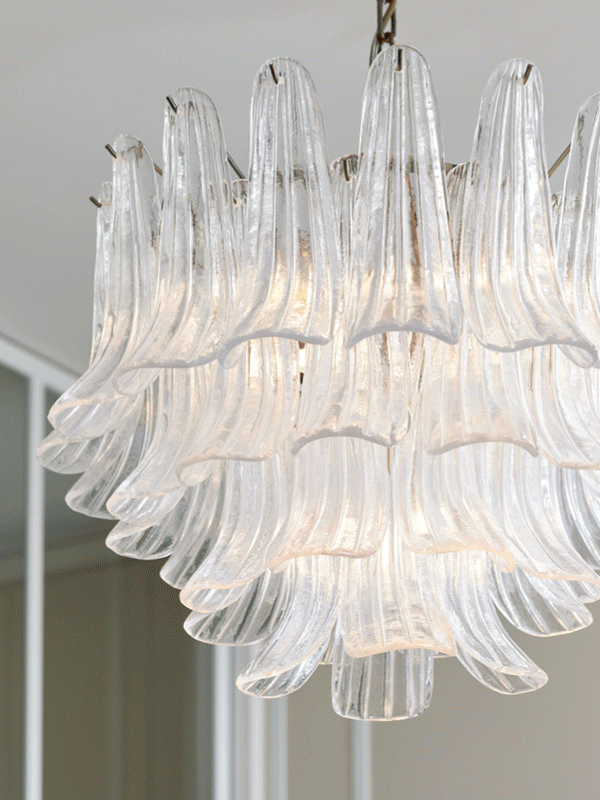

CHANDELIERS
Chandeliers are a stunning and elegant addition to your home, especially if you are looking for a statement piece. In the bedroom, in the dining room, or even in the hallway, chandeliers can brighten up any space with their glamorous designs and ample lighting.


CLOSE TO CEILING LIGHTS
While most pendant lights require a decent amount of height to create impact, many of our designs have the added flexibility of being convertible to what is often referred to as "Close-to-ceiling". These fittings are designed to sit much closer to the ceiling surface and are perfect for homes with slightly less headroom. They're also an excellent option for spaces with high foot traffic, such as hallways and entries. Look out for pendants in our range that state CTC or close-to-ceiling adaptable within their descriptions.






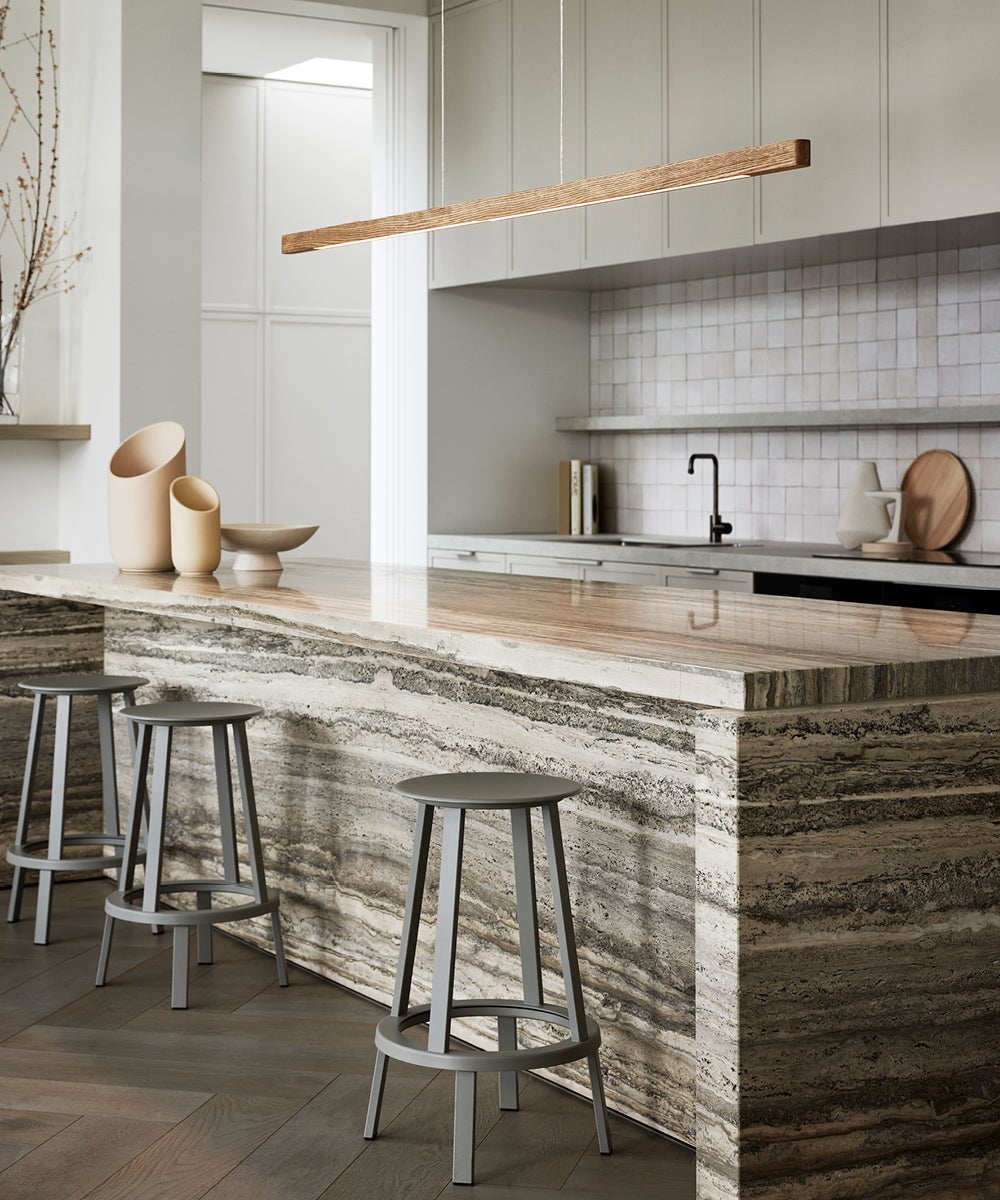

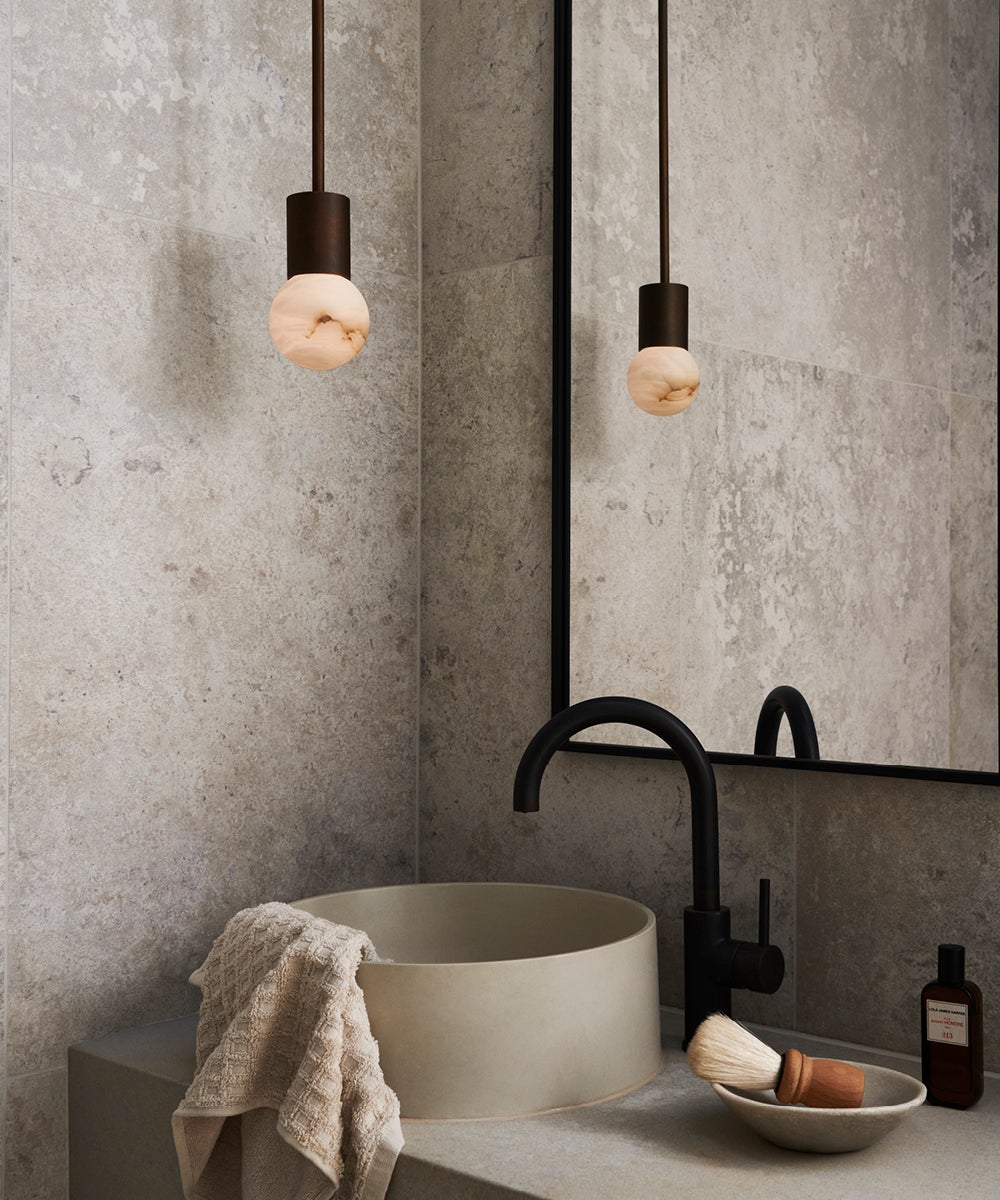

As long as your ceiling height can cater to hanging fixtures and is sturdy enough to hold a pendant, you should be able to hang a pendant light anywhere in your home. If the pendant light is over 5kg in weight, your ceiling may need to be reinforced. Make sure that any pendant lights installed in wet areas such as the bathroom have the correct IP rating though, or ask your electrician to check if you aren’t sure.

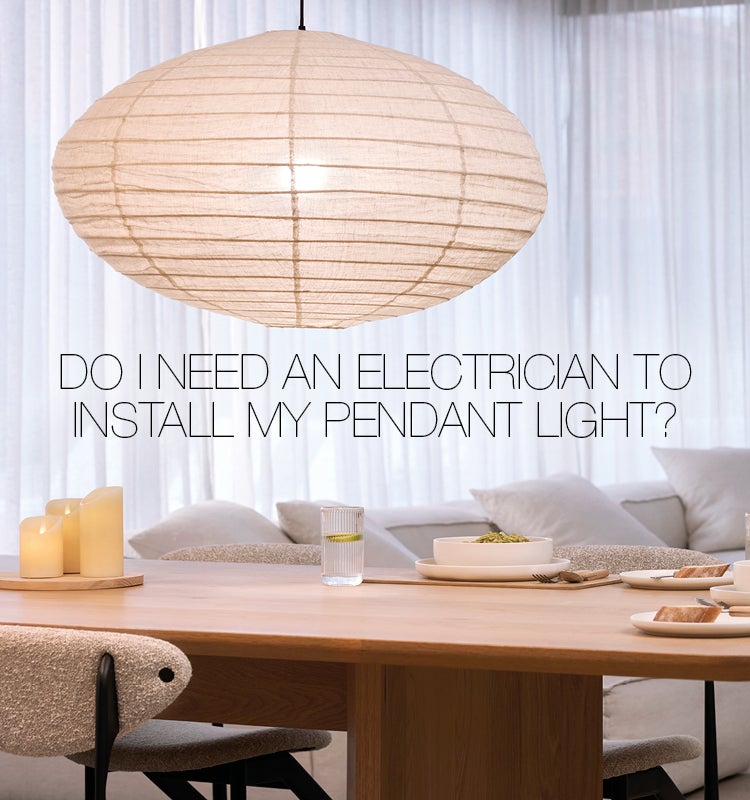
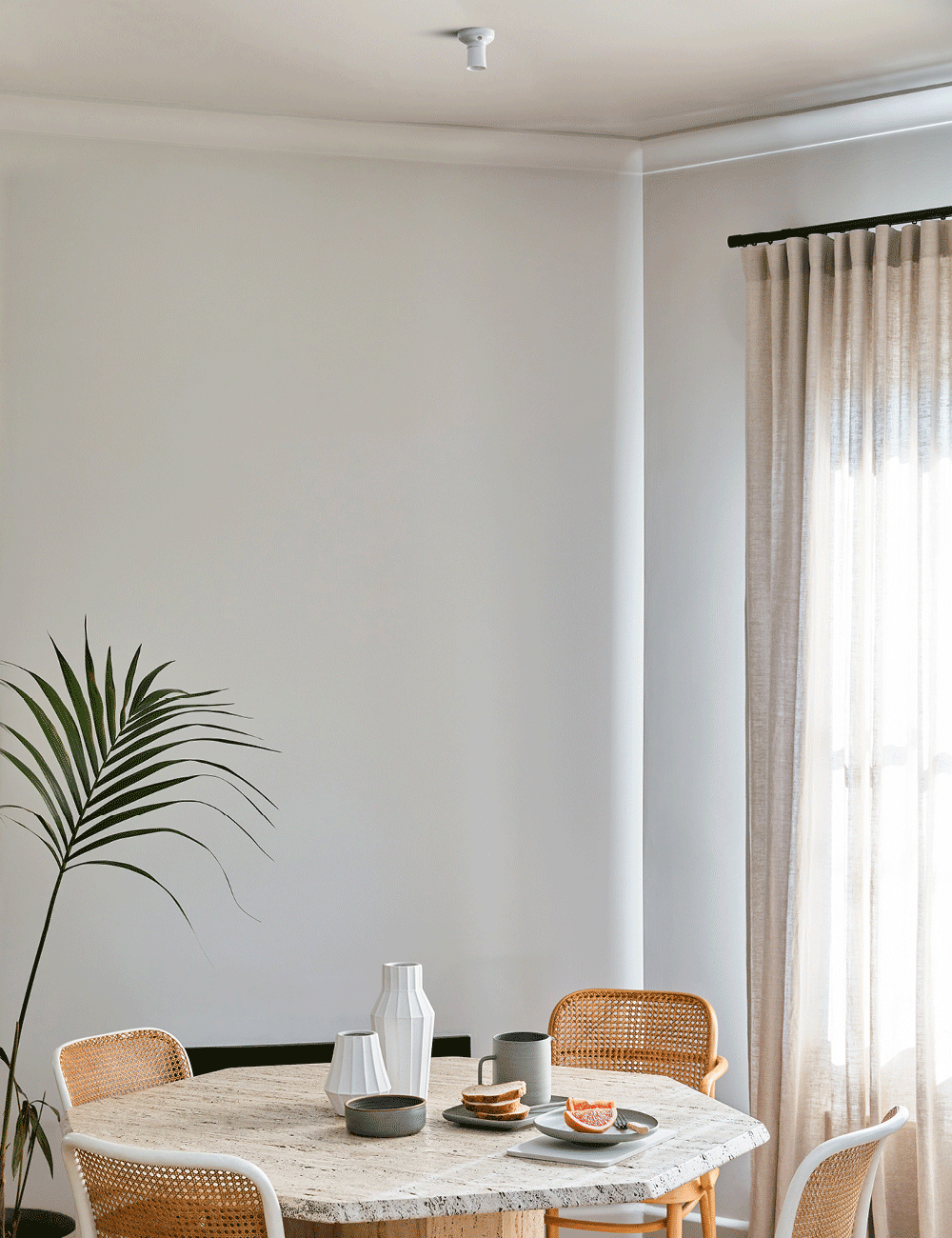

DIY batten-fix pendant lights can be hung without hard-wiring them, which is great news if you rent your home. We have a large range of DIY pendant options that allow you to quickly, easily and economically install close-to-ceiling fixtures or pendant lights without the need for hard-wiring by an electrician.
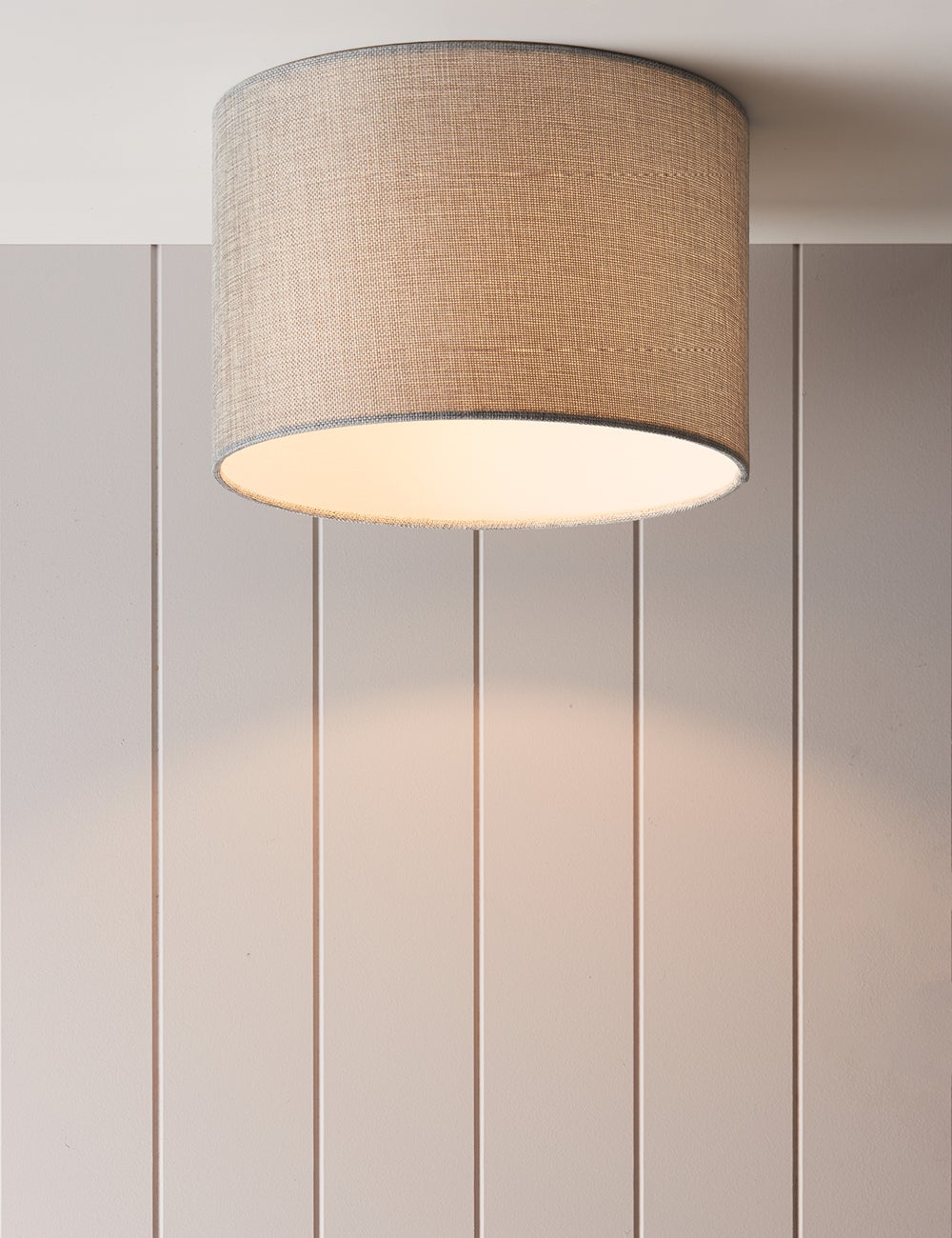



Ensuring your pendant lights are hung at the appropriate height from the ceiling is important for achieving visual balance, optimising illumination, and achieving a well-distributed spread of light. The ideal pendant height from the floor depends on several factors, including the purpose of the pendant (e.g., task lighting, decorative lighting), the room's function, the pendant's design, and personal preferences. Your local electrician can provide you with personalised advice, however here are some general guidelines that you can follow:
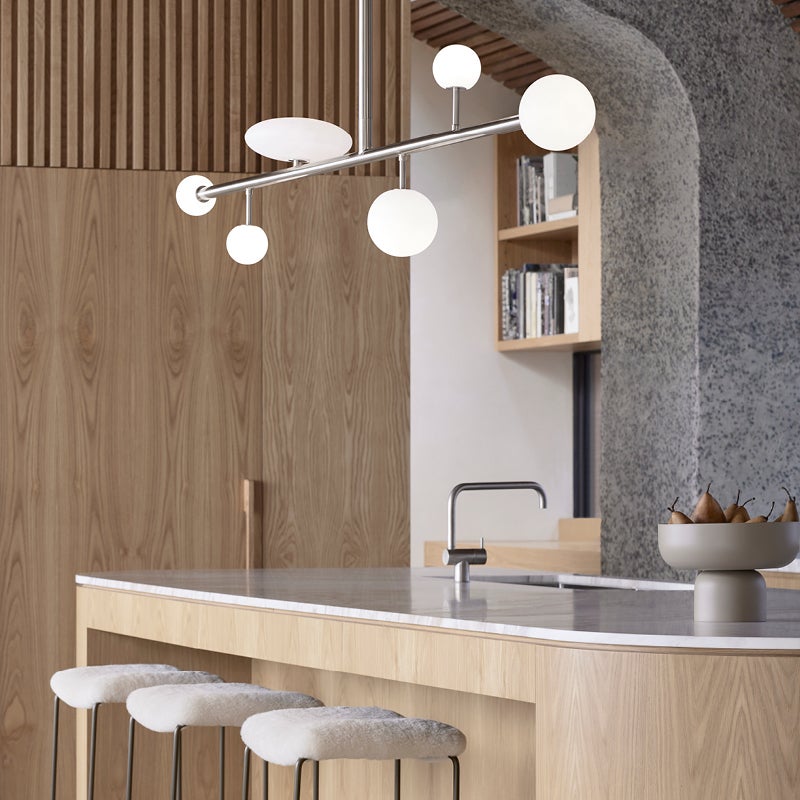

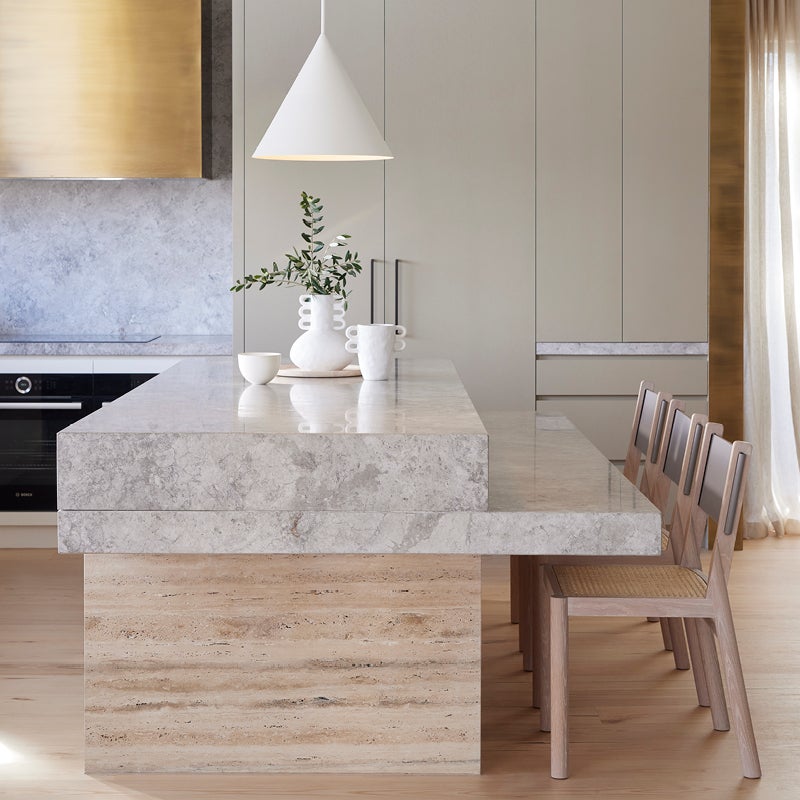

KITCHEN
ISLAND BENCH
For pendant lights above a kitchen island bench, the bottom of the pendant should be around 70 to 85 centimeters above the counter surface.
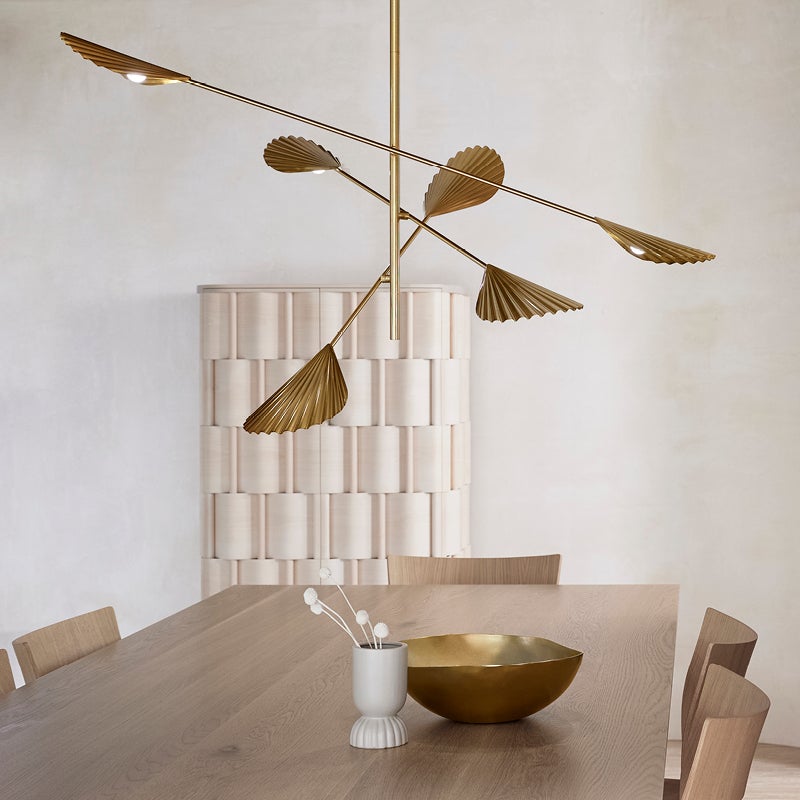



OVER A
DINING TABLE
When hanging a pendant light above a table, the bottom of the fitting should sit around 70 to 80cm above the tabletop. This strategically positions it above your eyeline, while maintaining visual balance with the furniture.


IN A
BEDROOM
For the bedroom, the bottom of the pendant light should sit approximately 2.1m above the floor, or 35 to 60cm above a bedside table.


IN A LIVING ROOM,
ENTRANCE OR HALLWAY
If you're using a pendant light in a living room or entryway, the height can vary based on the ceiling height and the pendant's design. A common recommendation is to have the bottom of the pendant between 1.8 and 2.4 meters from the floor.
Need help finding a local electrician? We have put together a list of our preferred electricians here.


Pendant lights are incredibly versatile and can be used in a variety of different rooms throughout your home. If you are interested in installing pendant lights but don’t know what will work from your home, our lighting experts in store can help you find the perfect lights for your space.
